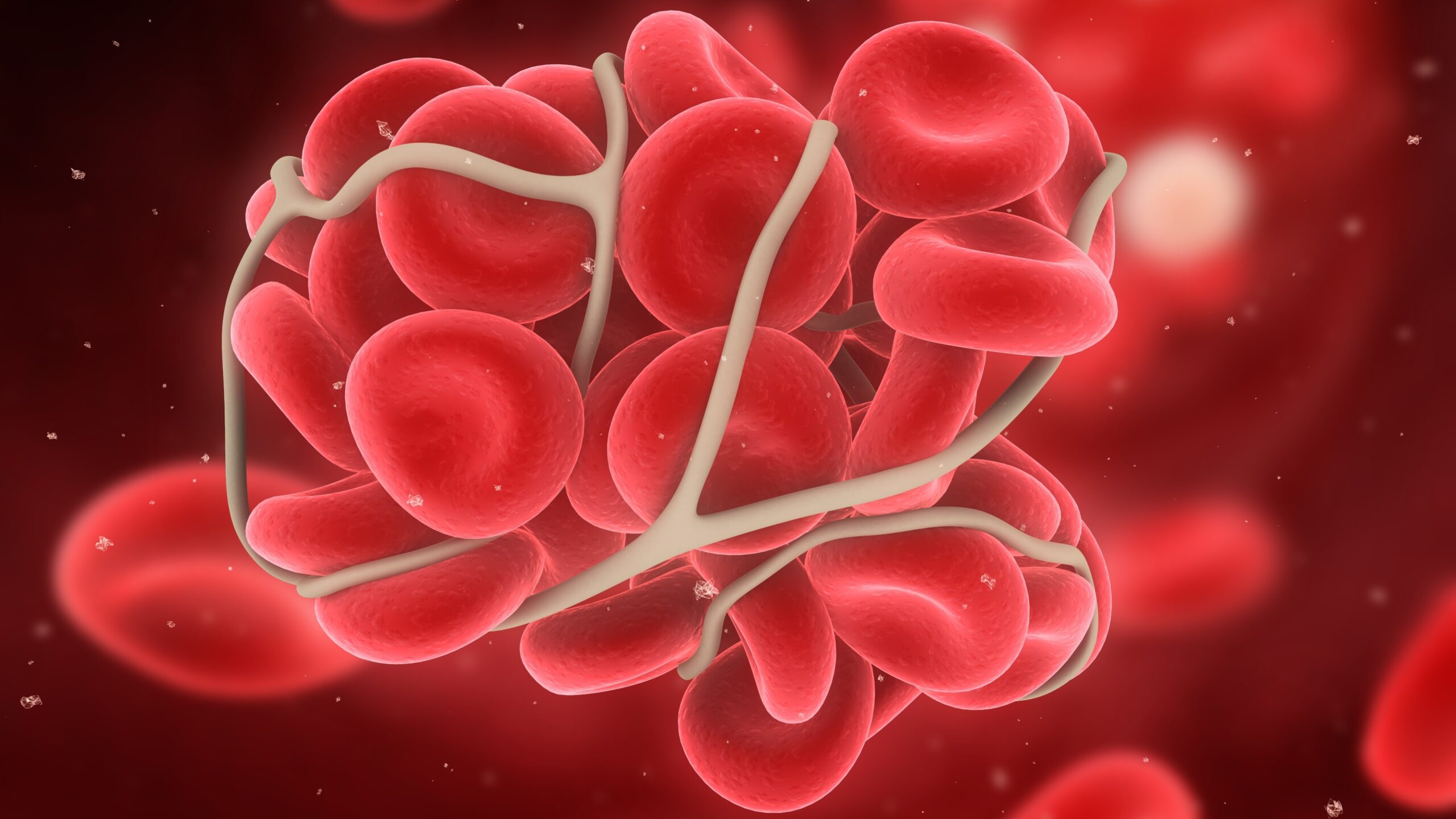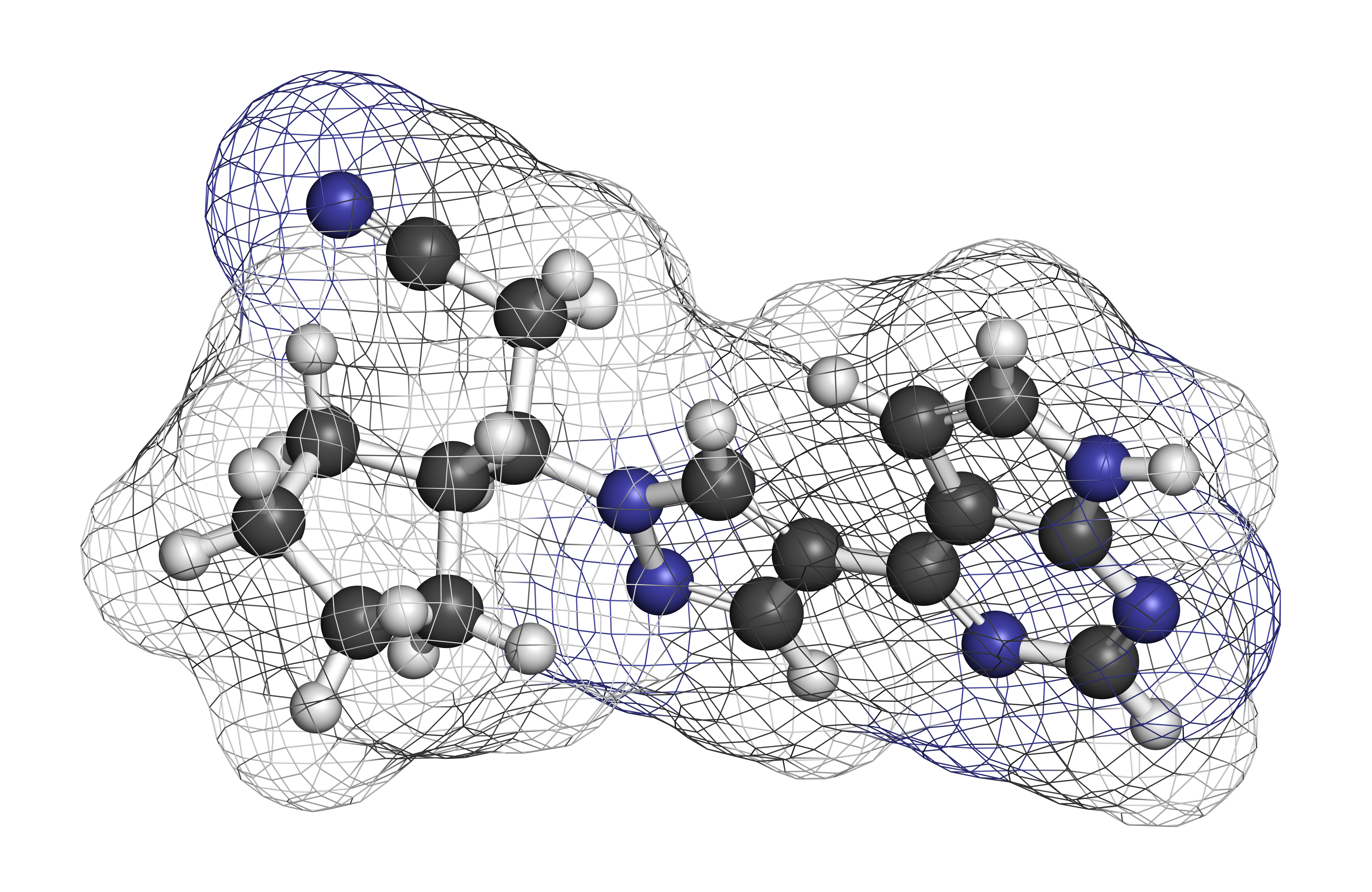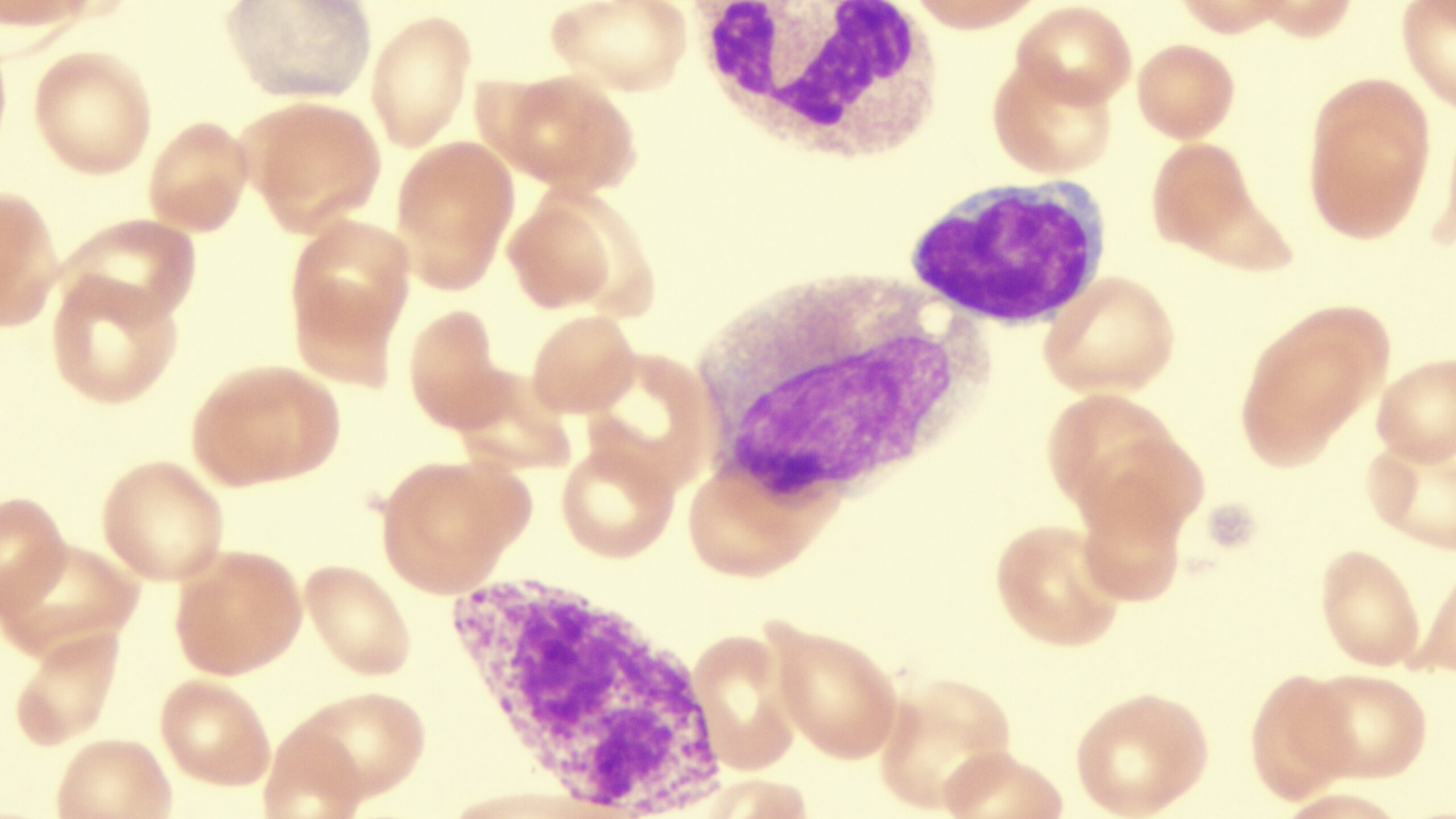
Patients with myeloproliferative neoplasms (MPNs) including essential thrombocythemia, polycythemia vera, and primary myelofibrosis showed an increased risk of thrombosis, hemorrhage, and leukemic transformation versus matched controls in a large population-based study.
The lead author, Joon Young Hur, MD, at Hanyang University College of Medicine in Guri, South Korea, noted the study was one of few to analyze these risks in such a large population. The data were presented in Thrombosis Research.
The analysis included 11,991 patients with MPNs from the Korean National Health Insurance System and 47,964 matched controls. Cox proportional hazards regression models were used to estimate risk of thrombosis, hemorrhage, and leukemic transformation, while stratified analyses were used to identify contributing factors.
TABLE 1 shows the incidence of the events of interest in the MPN and control groups (median follow-up, 7.8 years).
TABLE 1. Incidence Rates of Patients in the MPN and Control Groups
| Cohort | Arterial Thrombosis | Venous Thrombosis | Hemorrhage | Leukemia |
| MPN | 30.1% (n=3,614) | 11.6% (n=1,397) | 18.7% (n=2,251) | 4.9% (n=597) |
| Control | 19.0% (n=9,141) | 6.4% (n=3,099) | 12.1% (n=5,836) | 0.1% (n=50) |
Additionally, the adjusted hazard ratios for patients with MPNs compared to controls were 1.695 (95% CI, 1.629-1.765) for arterial thrombosis, 1.963 (95% CI, 1.838-2.096) for venous thrombosis, and 1.714 (95% CI, 1.630-1.802) for hemorrhage. The MPN cohort had an cumulative 10-year incidence of leukemic transformation of 6.2%.
Given their findings, “strategies are warranted to reduce the risk of thrombosis, hemorrhage, and leukemic transformation in MPN patients,” Dr. Hur and colleagues suggested.
Reference
Hur JY, Choi N, Choi JH, Kim J, Won YW. Risk of thrombosis, hemorrhage and leukemic transformation in patients with myeloproliferative neoplasms: A nationwide longitudinal cohort study. Thromb Res. Published online March 6, 2024. doi:10.1016/j.thromres.2024.03.008







 © 2025 Mashup Media, LLC, a Formedics Property. All Rights Reserved.
© 2025 Mashup Media, LLC, a Formedics Property. All Rights Reserved.